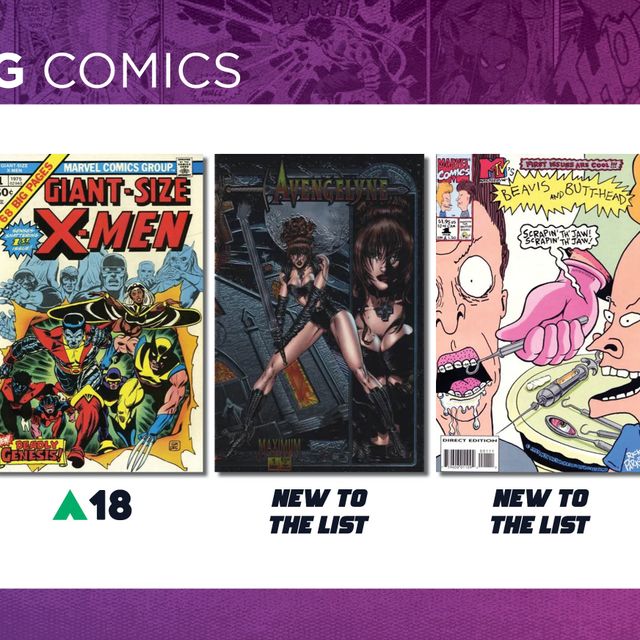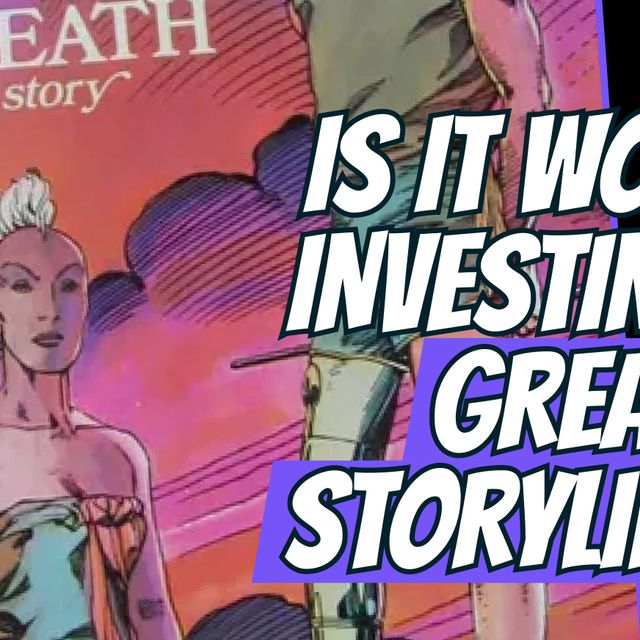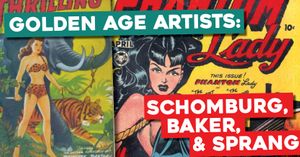
Alejandro Schomburg
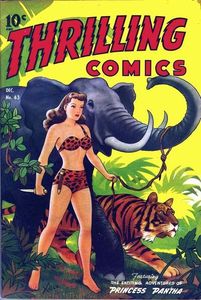
Collectors dream of owning a Schomberg cover. His work appears on some of the most valuable Golden Age books printed. As a result, a Schomburg name on a CGC label will attract buyers beyond fans of Timely books. In addition, there is a whole subgenre of Schomburg fans that only collect his war covers. His wartime propaganda issues made the Nazis and Japanese Army look like caricatures when compared to our heroes.
He also used the damsel in distress "bondage" covers to fill the cover with so much action. One of my favorite examples of his work is Marvel Comics #46. His use of the whole space to tell a war story in his Golden Age work is legendary.
Insight:
Schomburg's name appears on many of the artist's war covers. Soon after the war, he started to draw "good girl" art. Instead of filling the cover with so many details, his good girl covers were more plain and clean. If you see the name "XELA" on the cover you know Schomburg drew it. Try to find it on this Thrilling Comics issue. Many novice collectors miss this and will not see just how important that book is to collectors.
Matt Baker (1921-1959)
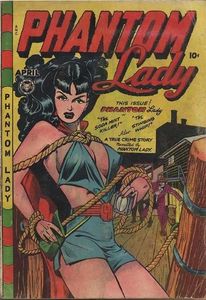
One of the most iconic Baker covers is Phantom Lady #17. Frederick Wertham used this issue as an example of how comics were negatively affecting children's minds. This book was an example of how comics made young boys have evil thoughts. Golden Age collectors identify him in a way that is in direct opposition to the views of Wertham. His work belongs to a subgenre of Golden Age artists famous for their use of "good girl" covers.
Insight:
Matt Baker's more famous mainstream art is priced beyond the reach of most collectors. If you want to buy his books and not break the bank, look to his work in Romance comics. People say no one wants or buys Romance comics. There is always an exception to a rule, and the exception to Romance comics is those books with Matt Baker covers. You can still find raw Matt Baker books in the wild. A few years ago I found some in a now-closed comic book shop's dollar bin selection!
Dick Spang
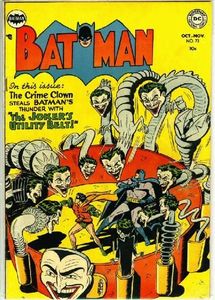
Insight:
Sprang is now known for his Joker covers. Attorneys prevented his genius from being identified by comic book fans. Credit for his work was instead given to Batman's creator Bob Kane. I heard this story many years ago. I only recently realized it was from an article published originally in Comic Buyer's Guide and then republished by its author, comic book and television writer Mark Evanier on his website. Buyers should be aware some dishonest individuals will try to sell you Sprang and other ghost artist's covers as being drawn by Bob Kane. Now you know better.
One of the first covers I loved that was a Sprang was Batman #73. The cover had a whimsical appearance and yet I could never get that Joker face out of my mind. Sadly, many of his covers were just that well-drawn. A great cover from a man who never received the credit he was due.


